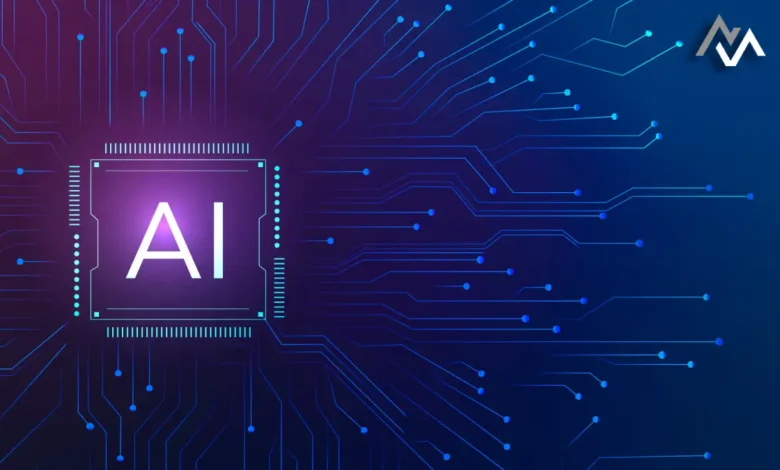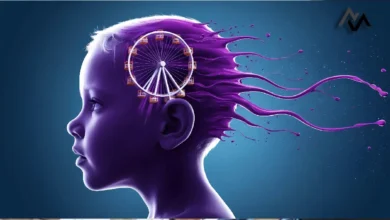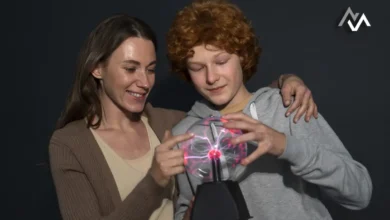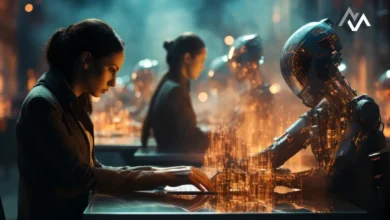AI in Art: Fostering Innovation or Encouraging Uniformity?

The advent of artificial intelligence (AI) has sparked a significant debate about its role in the realm of art. While some view AI as a revolutionary tool that enhances creativity, others worry it may lead to conformity and homogenization in artistic expression. This article explores the duality of AI in art, examining both its potential to inspire innovation and the risks of diluting the unique human touch that defines true artistry.
The Rise of AI in Artistic Expression
AI technologies have rapidly evolved, becoming sophisticated enough to produce stunning visuals, compelling music, and even poetry. Programs like OpenAI’s DALL-E and Google’s DeepDream have demonstrated the ability to create original works based on user prompts, captivating audiences and artists alike. These tools offer a unique opportunity for creators to experiment with new styles and ideas, pushing the boundaries of traditional art forms.
By integrating AI into their processes, artists can tap into a vast reservoir of inspiration. AI can analyze existing artworks, identifying patterns and techniques that might inspire human creativity. This synergy between human imagination and machine learning has the potential to birth entirely new art movements, redefining what it means to be an artist in the 21st century.
The Creative Potential of AI
One of the most exciting aspects of AI in art is its ability to break free from conventional constraints. AI-generated artworks often challenge established norms, presenting bold and unconventional aesthetics. This disruption encourages artists to think outside the box, fostering a culture of experimentation and innovation.
Moreover, AI can democratize art creation. With user-friendly platforms, individuals without formal training can produce high-quality artwork. This accessibility allows diverse voices to emerge, enriching the art world with varied perspectives and experiences. AI, in this sense, serves as a catalyst for creativity, inviting everyone to explore their artistic potential.
The Risk of Conformity
Despite these benefits, there are legitimate concerns about AI leading to conformity in artistic expression. As AI algorithms are trained on existing data, they may inadvertently reinforce prevailing trends and styles. This could result in a homogenization of art, where unique voices and innovative ideas are overshadowed by formulaic creations. The danger lies in AI producing works that, while aesthetically pleasing, lack the depth and emotional resonance that characterize truly impactful art.
Furthermore, there is an ongoing debate about the authenticity of AI-generated art. Can a piece created by a machine truly be considered “art”? Critics argue that art is inherently a human endeavor, rooted in personal experience, emotion, and cultural context. The fear is that as AI becomes more prevalent, the value placed on traditional artistic skills may diminish, leading to a future where conformity reigns.
Finding Balance: Human Creativity and AI Collaboration
To navigate this complex landscape, artists and technologists must collaborate thoughtfully. Embracing AI does not mean relinquishing the essence of human creativity; rather, it can enhance and expand it. Artists can use AI as a tool, leveraging its capabilities to augment their creative processes while maintaining their unique voice.
Moreover, fostering a critical dialogue about the role of AI in art is essential. Artists should be encouraged to reflect on how AI influences their work and the broader art community. By engaging in discussions about the ethical implications and artistic authenticity, creators can ensure that AI serves as a means of exploration rather than a replacement for human expression.
Conclusion
AI’s impact on the art world is profound and multifaceted. It presents an exciting opportunity for innovation and creativity, while also posing risks of conformity and dilution of artistic authenticity. By embracing the potential of AI as a collaborative tool, artists can explore new horizons without losing sight of the individual expression that defines great art.
As we move forward, it is crucial to find a balance where technology and human creativity coexist harmoniously. By doing so, we can ensure that the future of art remains vibrant, diverse, and, above all, authentically human.




